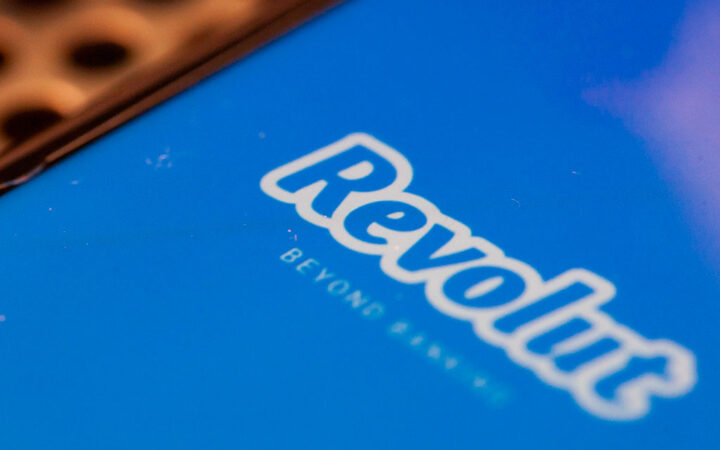An avid reader and enthusiastic writer, Verolian recently chose to dedicate his time doing freelance writing. He holds a degree in English Literature and is experienced in the future of finance, creativity, literature, and innovation tucked under his belt. Verolian crafts engaging and compelling content for Blockchain and Crypto audience.
The United Kingdom has transformed into something of a laboratory for ultra-modern digital banks, which are gaining thousands of new users daily. However, there are some significant questions: whether giant legacy banks will learn tricks from fintech firms? And if neobanks will ever become profitable.
Speaking of profit when these firms are expanding rapidly may appear awkward to individual investors. For example, in this year, Revolut is aspiring to accept $500 million or more from investors, Monzo raised approximately $145 million last month. N26 so far has raised $470 million this year.
UK’s business community were agitated after an executive from N26 told the Financial Times that profitability is distinct from “core metric.” Startup fintech companies are pouring money now as they spend on licenses and marketing, but some could be profitable on a per user basis if they weren’t spending heavily on client scouting. Instead, they’re aspiring to become large, international challenger banks.
Besides profit, heady valuation indicates that investors are relying on rapid user increase to continue:
| Company | Valuation | MAU | Ratio |
|---|---|---|---|
| Monzo | $2.45 Billion | 2 Million | $1,225 per user |
| N26 | $3.5 Billion | 3.5 Million | $1,000 per user |
| Revolut | $1.7 Billion | 1.8 Million | $944 per user |
| $566 Billion | 2.4 Billion | $236 per user |
*Monthly active user (MAU) is a key performance indicator (KPI) used by social networking and other tech companies to count the number of unique users who visit a website within the past month.
Critics Opinions
Critics claim that digital upstarts are steaming due to the small population of new and original features such as unfreezing and freezing a card if it’s incorrectly positioned that traditional banks will emulate if they still yet to.
Traditional banks are also registering thousands of users to their own app: Barclays London acknowledged that the numbers of its active users have increased from 7.3 million to 7.6 million as of April this year.
N26 UK’s general manager, Will Sorby, argued that the digital bank is still introducing the latest feature, such as designing its savings products termed Spaces more sophisticated and versatile. Likewise, rival Revolut started issuing commission-free stock brokerage to European users this week.
COBOL’s Death
The entrepreneurs behind the digital banks observed that older competitors depend on the old-fashion tech that may well function on COBOL, a programming language that made its inception in 1959. Even if the banks attain the level where the fintechs were years ago, the upstarts observed that their technology would be too outdated to leapfrog forward in case of the next round of innovation.
N26 insists its prices are one-sixth of the present banks since its technology is more essential and it doesn’t have a burden with the rates of bank branches. According to O’Neill, the COBOL situation is a real challenge.
Besides institutions operating on outdated technology, there are also startups that intents to sell them neo-banks style systems to assist them in coping up with the trend.
Kent observed that
The founder of Tandem, a neobank and the CEO of money transfer startup Azimo, Michael Kent said that:
“Some of them are big bags of poorly designed spaghetti code that are going to cause their customers all sorts of headaches, while some of them are fantastic, and they’re going to make a big difference to those banks who can’t afford to build the technology themselves.”
Money on Self-Drive
The introduction of fintechs like Revolut and N26 is a type of self- driving cash, in which software predicts their customers’ financial needs, reminding them when they aren’t saving enough for retirement, overspending on their mobile phone bill, and it’s time to refinance a mortgage.
The secret of succeeding in this game is making the first step before the venture capital spends all the cash, or a private donor or investor does it first. But according to Kent:
“AI in financial services is not bullshit, and if you’re not doing it, you’re going to miss the boat.”





